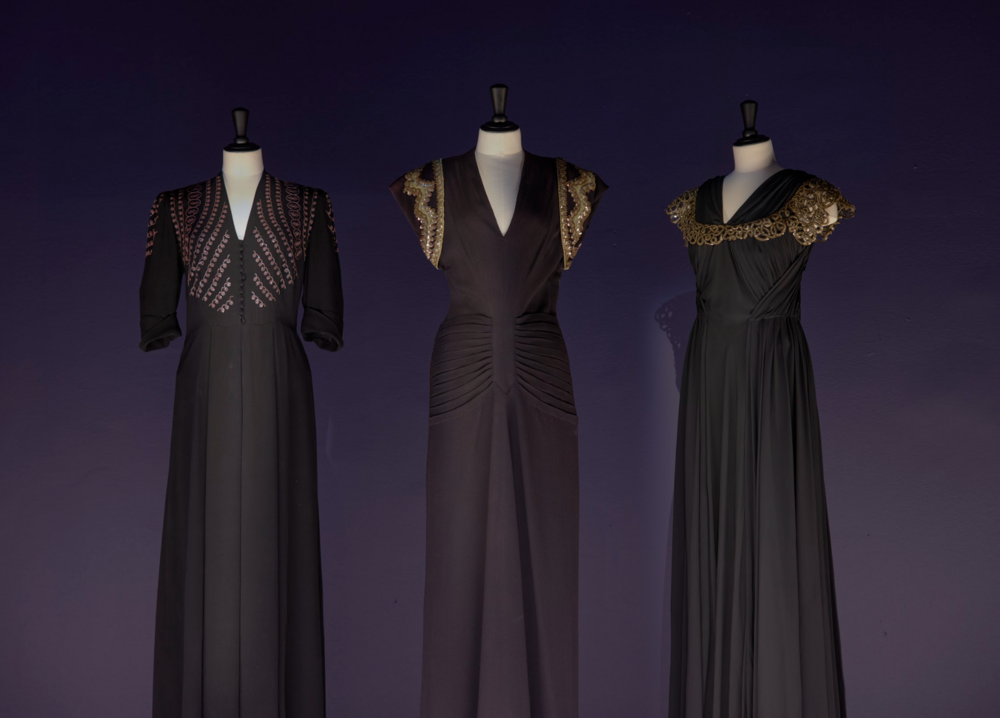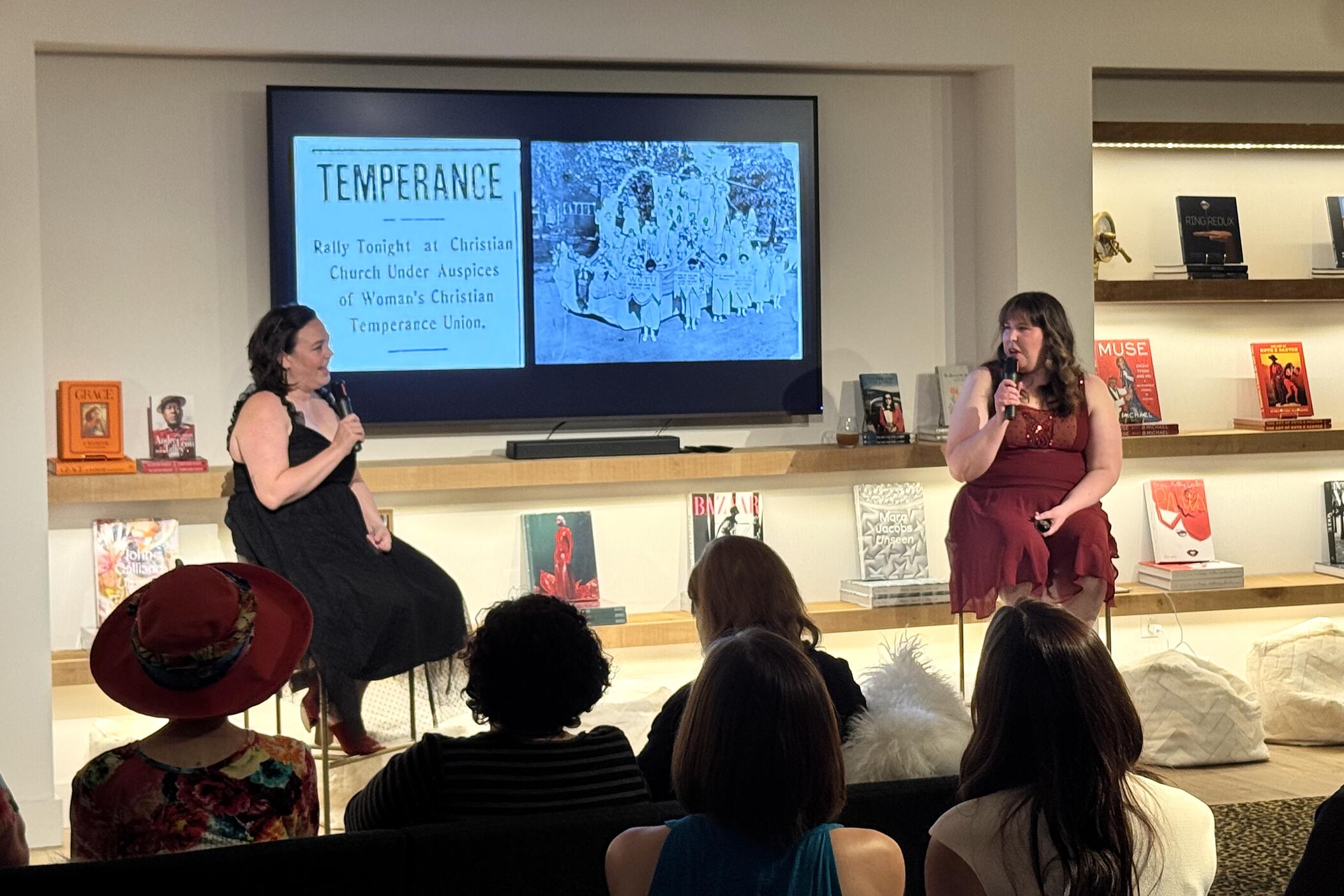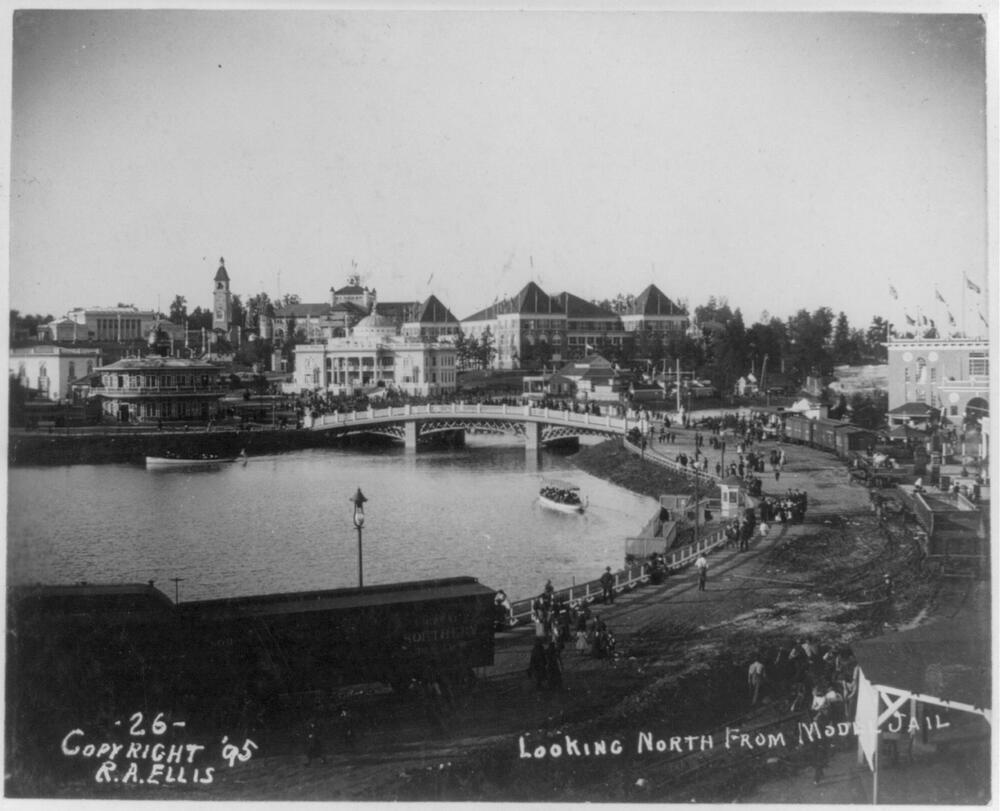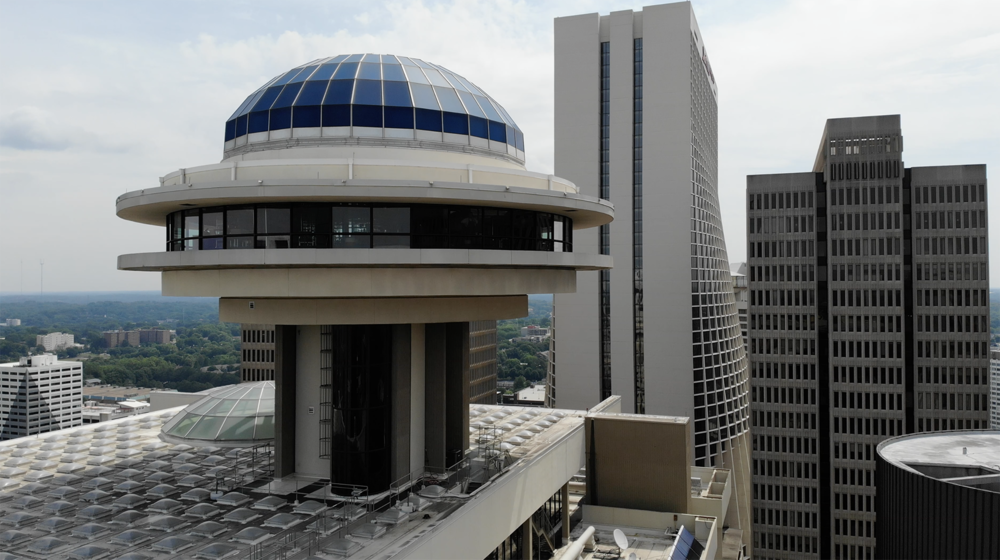
Caption
In the 1920s and 1930s, French designer Jeanne Lanvin offered alternatives to the flapper dresses of the Prohibition era with embroidery, appliqué and dropped-waist styles. Her work is on display at the SCAD FASH Museum in Atlanta through Aug. 31, 2025.
Credit: SCAD FASH Museum




